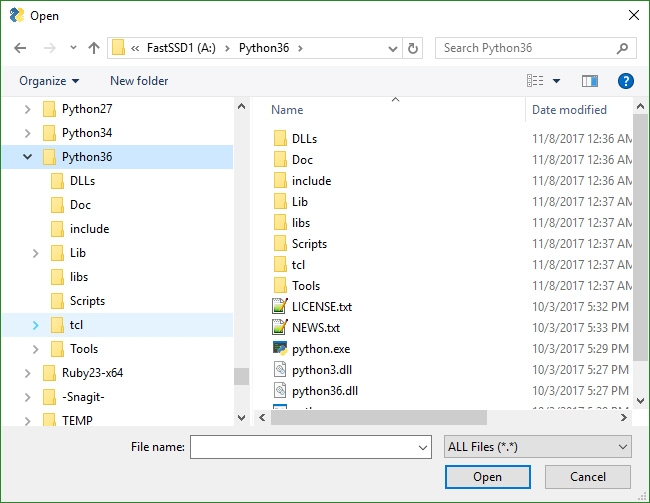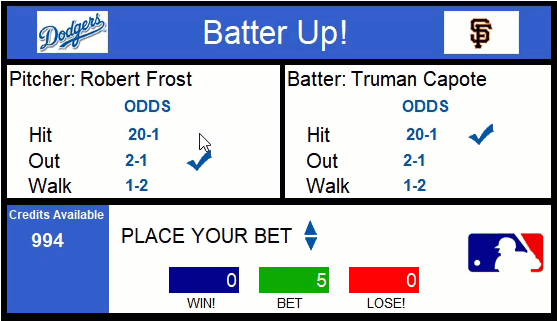

- #Wxpython imageviewer pdf#
- #Wxpython imageviewer install#
- #Wxpython imageviewer update#
- #Wxpython imageviewer full#
#Wxpython imageviewer pdf#
#Wxpython imageviewer install#
Sudo apt-get install libjpeg-turbo8-dev libtiff5-dev libsdl1.2-dev libgstreamer1.0-dev libgstreamer-plugins-base1.0-dev libnotify-dev freeglut3-dev Sudo apt-get install libgtk2.0-dev libgtk-3-dev libwebkitgtk-dev libwebkitgtk-3.0-dev Sudo yum install libjpeg-turbo-devel libtiff-devel SDL-devel gstreamer-plugins-base-devel libnotify-devel freeglut-devel Sudo yum install gtk2-devel gtk3-devel webkitgtk-devel webkitgtk3-devel Sudo yum groupinstall "Development tools" Under CentOS 7, run the following commands:

Sudo apt-get install freeglut3 libsdl1.2debianĪnother option is to install wxPython directly from PyPi - if you do this, you will need to have C/C++ compilers installed, and all of the dependencies required to compile wxPython. Under CentOS 7, you will need to run the following command: You will also need to install the wxPython runtime dependencies. The easiest way to do this on Linux is to use the pre-release wxPython builds available at. Once you have activated your virtual environment, you should be able to install FSLeyes like so:īefore installing FSLeyes, you first need to install wxPython. The best way to install FSLeyes from PyPi is to create an isolated python environment with a virtual environment, and install FSLeyes into it. This is an advanced option, recommended only if you are comfortable working with Python environments, and installing packages using your OS package manager.įSLeyes is available on PyPi and should work with Python 3.6 and newer. Or you can create a separate conda environment, specifically for FSLeyes, like so:Ĭonda create -c conda-forge -p path/to/fsleyes/environment fsleyes
#Wxpython imageviewer update#
$FSLDIR/fslpython/bin/conda update -n fslpython -c conda-forge -update-all fsleyesįSLeyes is available on conda-forge - if you use an anaconda or miniconda environment, you can install FSLeyes into it like so: When you want to update FSLeyes again in the future, use this command instead: $FSLDIR/fslpython/bin/conda install -n fslpython -c conda-forge -update-all fsleyes Now you can install FSLeyes with the following command: Before updating, you should remove the old standalone version of FSLeyes. Versions of FSL prior to 6.0.2 come with a standalone version of FSLeyes.

On macOS, if you experience segmentation faults after updating FSLeyes, try running: $FSLDIR/fslpython/bin/conda install -n fslpython -c conda-forge libffi=3.3


 0 kommentar(er)
0 kommentar(er)
